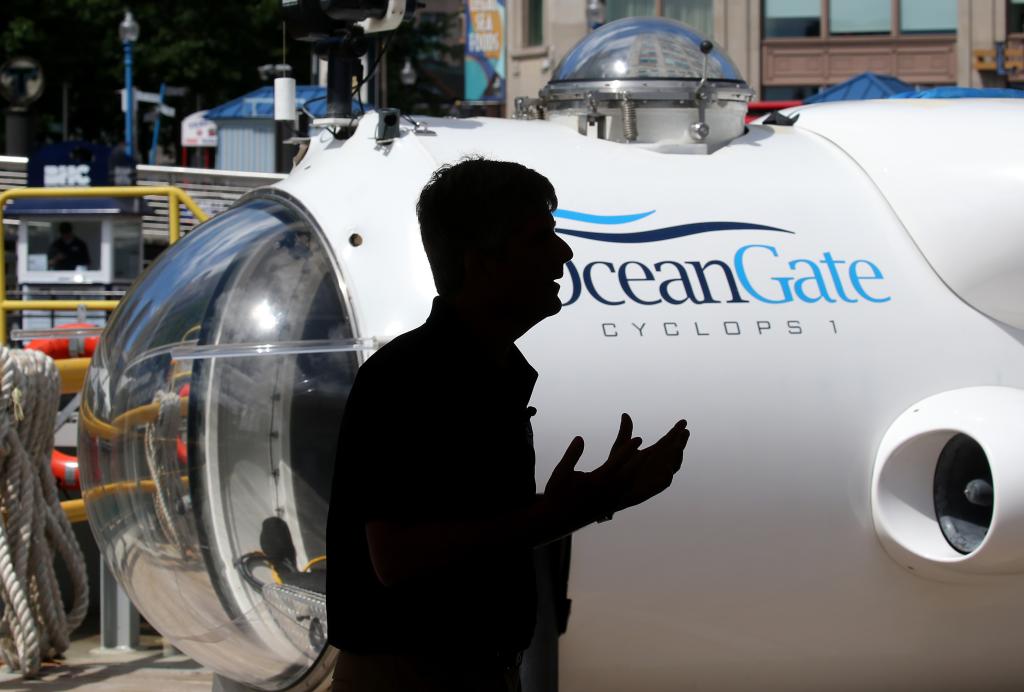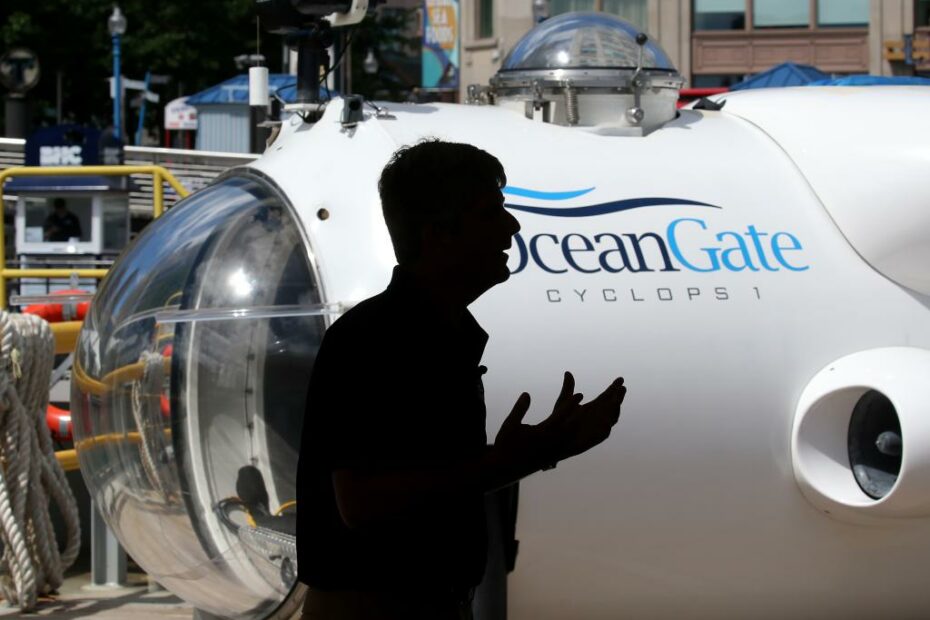Everything you need to know about OceanGate
OceanGate Expeditions, the company behind the Titan submersible, recently faced a devastating incident during its journey to the Titanic shipwreck. The privately-owned US company was established in Everett, Washington, in 2009 by Guillermo Söhnlein and Stockton Rush, with the aim of constructing a fleet of three five-person submersibles for tourist purposes. Söhnlein is no longer with OceanGate, but Rush continues as the CEO, overseeing the development of the Antipodes, Cyclops 1, and Titan submersibles.
OceanGate offers an eight-day Titanic expedition, providing an opportunity for individuals to discover something extraordinary. Passengers can spend up to four days underwater, with the 22-foot vessel equipped with up to 96 hours of oxygen. The tickets for this unique experience cost $250,000, and participants must be at least 17 years old. The journey begins in St. John’s Newfoundland, Canada, sailing 380 miles offshore and diving 12,500 feet below the surface to reach the Titanic.
The recent expedition undertaken by the Titan, which started on June 18, was the only OceanGate Titanic tour scheduled for 2023. This limitation was attributed to weather conditions, as passenger Hamish Harding mentioned in an Instagram post before setting off.
The Titan, weighing 21,000 pounds and capable of traveling at a speed of 3 knots (3.5 miles per hour), features a single porthole allowing two people to look out at a time. The passengers on the ill-fated voyage included OceanGate CEO Stockton Rush, Titanic specialist Paul-Henri Nargeolet, UK billionaire explorer Hamish Harding, Pakistani billionaire and mogul Shanzada Dawood, and his son Sulaiman.
FAQs:
1. What legal liability does OceanGate face after the Titan disaster?
Legal experts have differing opinions on the matter. While some believe the passengers’ signed waivers, acknowledging the risks, may make it difficult for their families to sue the company, others argue that if OceanGate is found to have engaged in gross negligence, it could be vulnerable to lawsuits.
2. Are OceanGate’s waivers enough to shield the company from legal action?
Some experts argue that the waivers may not protect the company if it is found to have been grossly negligent. Evidence, such as comments made by OceanGate CEO Stockton Rush criticizing safety regulations, could be used against the company in a lawsuit.
3. Will OceanGate continue its operations after the Titan incident?
The company’s future is uncertain. Co-founder Guillermo Söhnlein, now a minority shareholder, stated that OceanGate’s executives will be considering the company’s survival, and the board of directors will make a decision in the coming weeks.
4. Will OceanGate pay for the rescue mission to find the missing Titan submersible?
Experts believe that OceanGate is unlikely to cover the cost of the rescue mission, which could amount to millions of dollars. Retired Admiral Paul Zukunft compared the situation to a private citizen’s sinking boat, saying that rescues are not followed by billing the individual.
5. How many successful missions has the Titan completed?
The Titan submersible has made two successful voyages to the Titanic wreckage since OceanGate started offering trips in 2021. The recent voyage that ended tragically was the third expedition. German adventurer Arthur Loibl, who embarked on the maiden voyage in August 2021, referred to the trip as a “suicide mission,” recounting several issues during the journey.
6. How was the Titan submersible launched?
OceanGate Expedition’s Titan submersible is a 25,000-pound vessel, measuring 9 feet high, 8 feet wide, and 22 feet long.

All the Essential Information about OceanGate
OceanGate Expeditions, the owner and operator of the Titan submersible, recently faced a “catastrophic implosion” during its journey to the Titanic shipwreck. OceanGate, a privately-owned US company founded in 2009, aimed to build a fleet of three five-person submersibles for tourist trips to the famed wreck. The expedition, which costs $250,000 per ticket, claimed to provide an opportunity for travelers to discover something extraordinary and spend up to four days underwater. However, the recent implosion incident has raised questions about legal liability and the future of OceanGate.
Legal experts are divided on whether OceanGate can be held legally responsible for the disaster. While passengers signed waivers acknowledging the risks involved, some lawyers believe that OceanGate could still face lawsuits if “gross negligence” can be proven. Past allegations of negligence and safety concerns, as well as comments made by OceanGate CEO Stockton Rush about safety regulations, could be used as evidence in potential lawsuits. However, other lawyers believe that the waivers protect OceanGate from liability since passengers were fully aware of the dangers involved.
OceanGate’s future remains uncertain following the tragedy. Co-founder Guillermo Söhnlein, now a minority shareholder, stated that the company’s executives will be considering its survival. The fate of OceanGate will be decided by the board of directors in the coming weeks. Additionally, it is unlikely that OceanGate will cover the costs of the rescue mission to locate the missing Titan submersible, which is expected to cost millions of dollars.
The Titan submersible had only completed two successful trips to the Titanic wreckage site before the recent incident. German adventurer Arthur Loibl, who took part in the maiden voyage, described it as a “suicide mission” due to various technical issues encountered during the trip. Only Loibl and French Titanic expert Paul-Henri Nargeolet survived the first voyage. Nargeolet, Rush, British businessman Hamish Harding, and Pakistani magnate Shanzada Dawood and his son Suleman tragically lost their lives in the implosion.
As for the future of OceanGate, the company’s survival hinges on its board of directors’ decision. The legal implications and potential lawsuits stemming from the incident will also play a significant role in the company’s future prospects.
